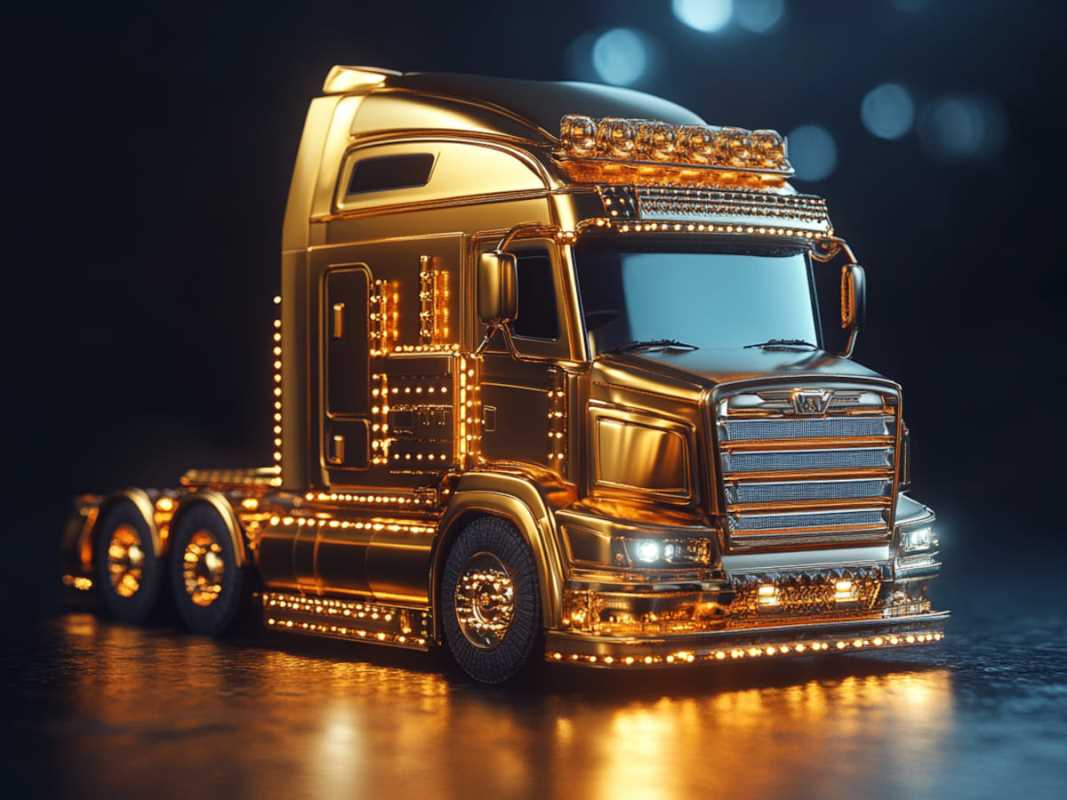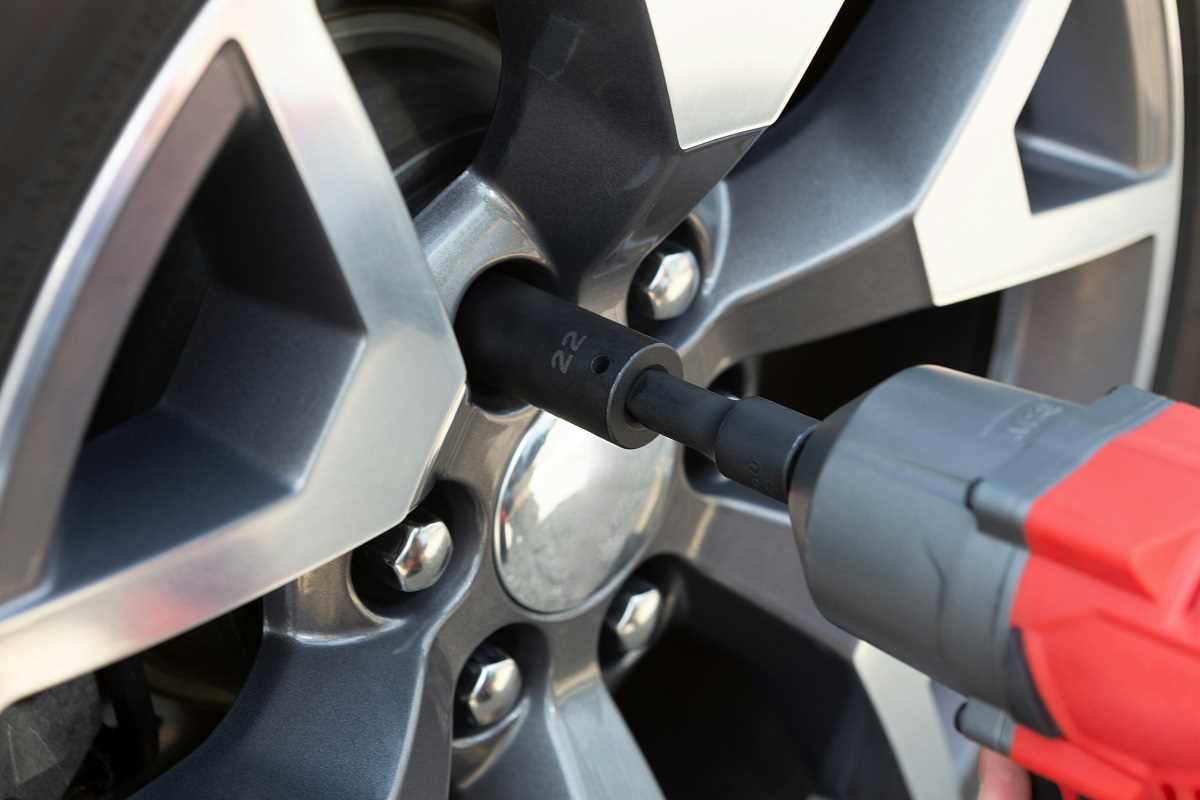Look, I've seen enough "revolutions" in the transport industry to develop a healthy skepticism, but even my cynical Gen X heart has to admit that the electric commercial truck sector is finally getting its act together. After years of splashy press releases and perpetually delayed production dates, we're actually seeing electric semis and delivery vehicles hitting the roads in meaningful numbers.
As someone who remembers when "hybrid technology" meant a cassette player that could also play CDs, the rapid evolution in this space is both impressive and slightly exhausting to keep up with. But here we are in early 2025, and the commercial EV truck landscape is no longer just PowerPoint presentations and non-functional prototypes, it's a legitimate market segment that's beginning to reshape how goods move around our increasingly complicated world.
The Business Case for Electric Commercial Vehicles
Let's cut through the environmental marketing speak for a minute and talk bottom line, because that's what actually drives adoption in the commercial space. The total cost of ownership equation for electric trucks has finally tipped in their favor, and fleet managers, traditionally the most pragmatic, spreadsheet-obsessed people on the planet, are taking notice. Maintenance costs for electric trucks run about 30-40% lower than their diesel counterparts, with fewer moving parts, no oil changes, and regenerative braking systems that reduce wear on traditional brakes. It's like comparing the maintenance of your old Walkman (remember constantly replacing those little foam headphone covers?) to your current wireless earbuds, fundamentally simpler machines.
Fuel costs, or rather electricity costs, represent another significant advantage. Even with variable electricity prices and occasional charging infrastructure headaches, the cost per mile for electric operation typically runs 15-25% lower than diesel, depending on local rates and driving patterns. For high-mileage commercial applications where fuel represents a major expense category, these savings add up faster than credit card debt in your 20s. The initial purchase price premium for electric trucks is also narrowing, with some models approaching cost parity with diesel once incentives are factored in. Speaking of which, government incentives and rebates continue to sweeten the deal, though they vary wildly depending on where you operate and require the patience of a DMV line veteran to navigate.
Class 8 Long-Haul Contenders
The Tesla Semi has progressed from industry punchline to grudgingly respected competitor. After production delays that would make even the most patient fleet manager develop an eye twitch, Tesla has ramped up deliveries and actually put significant numbers on the road. With a claimed range of 500 miles when fully loaded, which real-world testing has shown to be reasonably accurate in favorable conditions, the Semi can handle many regional routes and some longer routes with strategic charging stops. Its distinctive futuristic design, once mocked by trucking veterans, has become a common sight on highways, particularly near distribution centers for early adopters like PepsiCo and Walmart. The promised operating cost of $0.80 per mile represents substantial savings over diesel equivalents, though this varies based on electricity rates and charging infrastructure situations.
Last-Mile Delivery Solutions
Ford's E-Transit has emerged as the volume leader in the commercial van segment, building on the Transit's position as America's best-selling commercial van. Available in multiple configurations, including different roof heights, lengths, and chassis cab options, the E-Transit offers the versatility that delivery operations require. Its 126-mile range initially seemed limited, but real-world usage data confirmed Ford's research showing that the typical delivery van travels fewer than 100 miles daily. Integration with Ford Pro services, including telematics and charging management, provides fleet operators with tools to optimize operations and manage the transition to electric. The familiar form factor and controls reduce driver training requirements, an important consideration for an industry constantly struggling with workforce issues.
GM's BrightDrop Zevo has gained traction beyond initial customers like FedEx and Walmart, with its purpose-built design offering advantages for package delivery operations. The low load floor, multiple access doors, and modular interior configuration options increase operational efficiency for busy delivery routes. With a range of approximately 250 miles, the Zevo can typically operate for multiple days between charges in many last-mile applications. BrightDrop's integrated ecosystem approach, which includes electric carts for moving packages from vehicle to final destination, addresses the complete delivery workflow rather than just the driving portion, resonating with operations looking to improve efficiency throughout the delivery process.
Specialized Applications and Innovations
Electric refuse trucks have made remarkable inroads in a sector once considered challenging for electrification due to the energy-intensive compaction systems. Mack's LR Electric leads this category, with its integrated design that powers both propulsion and body functions from a common energy source. The regenerative braking system is particularly effective in refuse applications, with their frequent stops, recapturing energy that would be wasted in conventional vehicles. Early concerns about range limitations have proven largely unfounded, as most refuse routes fall well within the 150-mile capability of these vehicles. The noise reduction compared to diesel models has been particularly appreciated in residential areas, allowing for earlier collection routes without disturbing communities, a benefit that rookie garbage collectors working the 5 AM shift probably don't appreciate as much as they should.
- Tesla Semi features a 500-mile range and proprietary Megacharger network compatible with Cybertruck
- Ford E-Transit integrates with Ford Pro software suite for complete fleet management solutions
- Freightliner eCascadia includes Detroit ePowertrain with multiple battery configuration options
- Rivian's EDV utilizes a purpose-built skateboard platform shared with their consumer vehicles
- Mack LR Electric refuse trucks feature four battery packs providing 376 kWh total capacity
- BYD 8TT offers a 435 kWh battery option delivering up to 300 miles of range
- Volvo VNR Electric includes integrated powertrain with up to 565 kWh of usable battery capacity
- BrightDrop Zevo features automatic cargo doors and adaptive load handling systems
Innovation continues in the charging infrastructure space as well, with developments like the Megawatt Charging System (MCS) standard finally enabling truly high-power charging suitable for large commercial vehicles. Early implementations of 1MW+ charging stations along key freight corridors have begun addressing the chicken-and-egg problem that has constrained long-haul electric trucking. These systems can add roughly 400 miles of range in a 30-minute charging session, still longer than diesel refueling but approaching the mandatory break times regulated for commercial drivers, making the operational impact less significant than earlier slow-charging solutions.
Challenges and Opportunities
Perhaps the most significant challenge is simply the pace of change required for fleet operators accustomed to 10+ year vehicle lifecycles and generations of institutional knowledge built around diesel technology. Transitioning requires not just new vehicles but new operational patterns, maintenance protocols, facility upgrades, and staff training. The most successful implementations have approached electrification as a systemic change rather than a simple vehicle replacement, with cross-functional teams addressing all aspects of the transition.
The good news is that each successful deployment creates expertise and confidence that accelerates future adoption, creating a snowball effect as best practices become established and shared throughout the industry. For all my Gen X skepticism about revolutionary claims, it's becoming clear that commercial transportation is indeed in the midst of its most significant transformation since the shift from horse-drawn wagons to internal combustion, just don't expect me to get misty-eyed about it.
 (Image source: Midjourney)
(Image source: Midjourney) 
.jpg)




